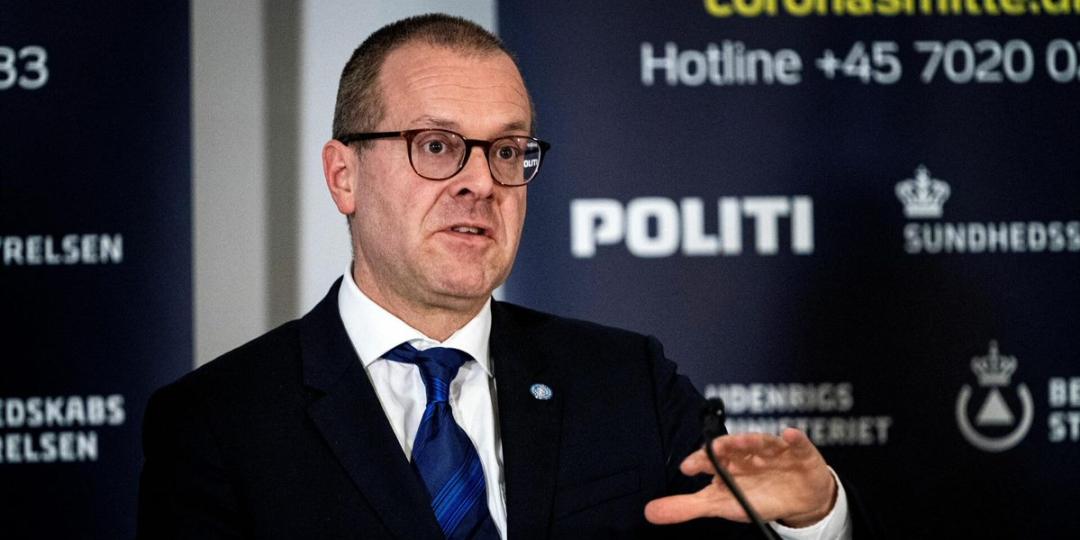The WHO recently released its recommended strategy for mitigating rising COVID-19 cases in Europe, calling for countries to be ready to implement five pandemic stabilisers during the upcoming autumn and winter.
“It’s now abundantly clear we’re in a similar situation to last summer – only this time the ongoing COVID-19 wave is being propelled by sub-lineages of the Omicron variant, notably BA.2 and BA.5, with each dominant sub-lineage of Omicron showing clear transmission advantages over the previously circulating viruses,” says WHO Regional Director for Europe, Dr Hans Kluge.
The recommendations are to increase vaccine uptake, administer a second booster dose to all eligible immunocompromised people and their close contacts at least three months after their last dose, promote mask-wearing indoors and on public transportation, ventilate crowded and public spaces, and apply rigorous therapeutic protocols for those at risk of severe disease.
With rising cases, Europe is also seeing a rise in hospitalisations, which are forecast to increase further in the autumn and winter months as schools reopen, people return from holidays and social mixing moves indoors with the onset of colder weather. This forecast presents a huge challenge to the health workforce in country after country, already under enormous pressure from dealing with unrelenting crises since 2020.
Europe has seen a tripling of new cases over the past six weeks, with close to three million new cases reported last week, accounting for nearly half of all new cases globally. While hospitalisation rates due to COVID have doubled in the same period, intensive care unit admissions have so far remained relatively low. However, as infection rates in older groups continue to rise, Europe is still seeing close to 3 000 people dying of COVID every week.
The WHO also calls on all of Europe to strengthen laboratory capacities to ensure reliable and rapid detection of COVID and tracking of variants, integrate population-based surveillance systems for respiratory viruses, prioritise contact tracing and quarantining, promote hygiene and mask-wearing along with vaccination, and strengthen infection control practices in all healthcare settings.
“More than two years into the pandemic, we’re all aware of the tools we have to keep ourselves safe, assess our level of risk and take the necessary steps to protect others if we get infected. Make your own informed decisions. Just because a mask isn’t mandated doesn’t mean it’s prohibited,” says Dr Kluge.
“Right now, the Southern hemisphere, where it is winter, is experiencing a very active influenza season, which, along with COVID-19, is putting a continued strain on health systems. We are likely to see a similar scenario in the Northern hemisphere come autumn and leading into winter,” he adds.
Click here to read more about the WHO’s strategy considerations for COVID in the WHO European Region.























